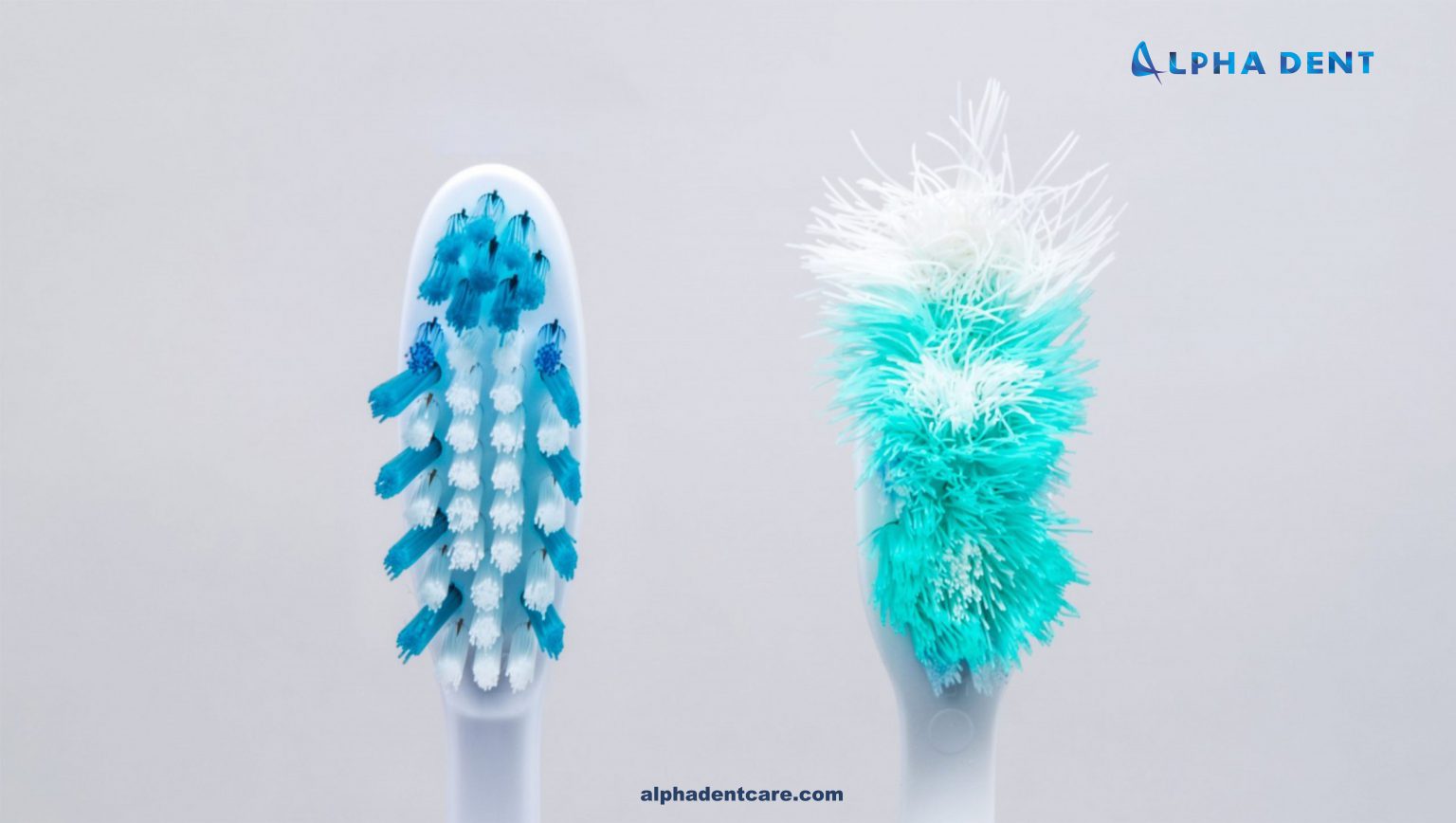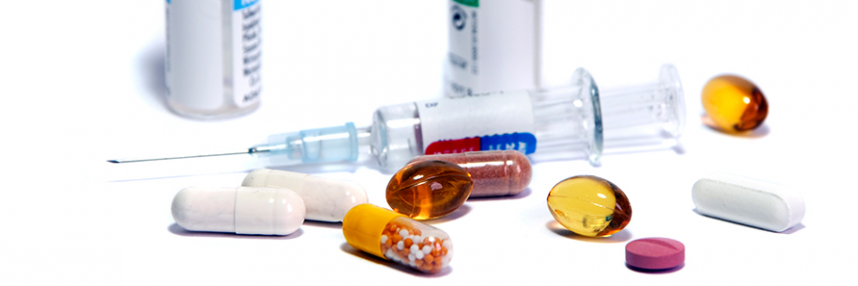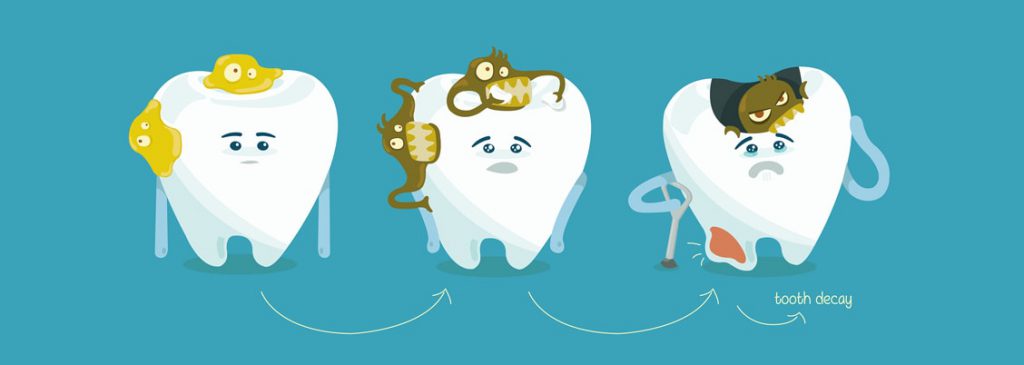Oral hairy leukoplakia (HL) is a white lesion that involves the oral mucosa. This lesion, caused by overgrowth of the stratum corneum, is the second most common oral mucosal lesion associated with AIDS. HL is used as a marker of HIV activity; This is because the lesion is associated with low count of T (CD4+) lymphocytes.
Oral hairy leukoplakia is also associated with other immunodeficiency conditions associated with immunosuppressive drugs and chemotherapy. So, HL cannot be a pathognomonic indicator for HIV. This means that if a person is diagnosed with this lesion, it cannot be said with certainty that the person also has HIV. Leukoplakia is rarely seen in people with a normal immune systems.
HL is strongly associated with Epstein-Barr virus (EBV). In the histopathological picture of this lesion, the complex arrangement of chromatin shows the replication of EBV in the nucleus of epithelial cells.
HL is often seen on the lateral boards of the tongue; However, any area of the oral mucosa (such as the dorsal surface of the tongue and the buccal mucosa and the floor of the mouth) may be involved. Non-smokers are more likely to develop lesions on the side of the tongue compared to smokers.

1. Oral hairy leukoplakia on the left side of the tongue
In clinical examinations, perpendicular vertical white folds are seen in the form of hedges along the lateral borders of the tongue, which are somewhat protruding in the shape of plaque and cannot be scraped. Also, by pulling the buccal tissue, the white lines do not fade.
Oral leukoplakia is associated with trauma and tobacco use (frequency and duration of use). If dysplasia (abnormal growth and division of cell) is seen in the lesion, it shows an increased risk of malignancy.
The prevalence of this disease is up to 80% in patients with AIDS. The prevalence is lower in children compared to adults. HL is more common in men, and men are at higher risk of lesions becoming malignant.
Types of oral hairy leukoplakia:
1. Homogeneous
It is the most common type of leukoplakia (96-92%). In the clinical appearance, it is identified with a white plaque with clear borders and the same pattern throughout the lesion. Surface tissue can be seen as smooth and thin or Leather texture with surface cracks (cracked-mud).
The probability of homogeneous leukoplakia turning into a malignant lesion (degeneration into malignancy) is low (2-4%).

2. Homogenous leukoplakia
2. Non-homogenous
It is divided into two categories: a) Speckled, and b) Proliferative verrucous
a) Speckled non-homogeneous leukoplakia:
It has a red background that is accompanied by white plaques or patches, which are also called erythroplakia due to the combined appearance of white and red areas.
This type of leukoplakia is rare, but their risk of developing into malignancy is high (20-30%).


3. Speckled non-homogeneous leukoplakia
b) Proliferative varicose non-homogeneous leukoplakia:
In this type, an exophytic lesion with a white color and papillary or nodular surface is observed. The tendency to spread in this lesion is high. The proliferative varicose type is very rare and has a high risk of malignant degeneration (30-40%).

4. Proliferative varicose non-homogeneous leukoplakia
Management:
Many white lesions look clinically similar to leukoplakia. If there is a traumatic factor, the lesion should heal on its own within two weeks of the trauma. Otherwise, we need tissue biopsy. Because alcohol and tobacco are proved risk factors for HL turning malignant, the patient should first quit these habits. Leukoplakia caused by tobacco use can improve spontaneously if tobacco use is stopped.
The main treatment for leukoplakia is surgery and complete removal of the lesion. However, surgical treatment has been under reevaluation because the prevalence of SCC (squamous cell carcinoma) in surgical and non-surgical patients is almost equal.
Lesions less than 20 mm in size have better prognosis than larger lesions.
In extensive and multiple oral leukoplakia, limited success can be achieved by prescribing 13sis retinoic acid (1 mg/kg daily for 2-3 months). However, due to the severe side effects of the drug, its use should be limited.
When HL is associated with a disease such as HIV, antiviral drugs are prescribed.
Periodic examination of the lesion site after excisional surgery is recommended at intervals of 3 months in the first year. If there is no recurrence or change in the lesion, the follow-up intervals are changed to every 6 months of the year. In case of change or recurrence of the lesion, a new biopsy is required. If there is no recurrence within 5 years, regular examination by the patient is a logical approach.
Reference: Burket’s Diagnosis of Oral Diseases, 2015
Dr. Arina Vaisi






